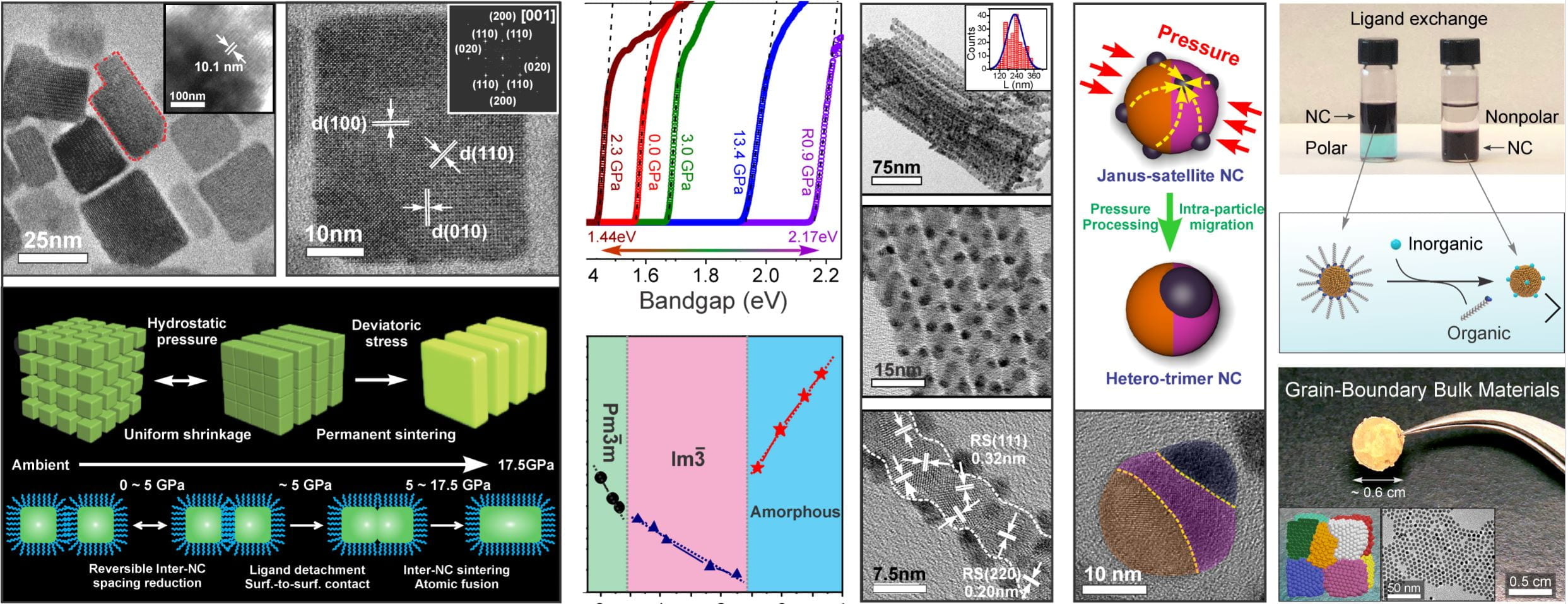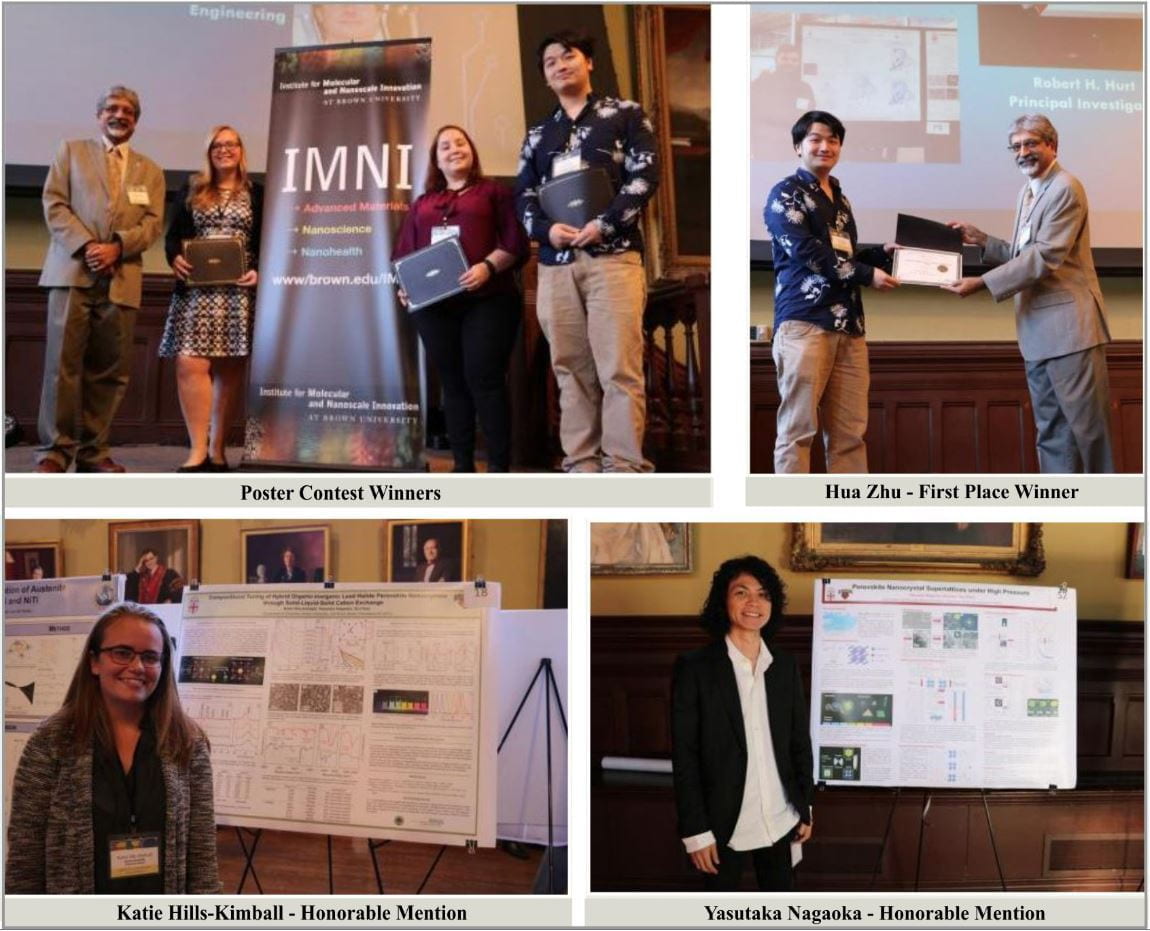Semiconductor nanocrystals, also known as quantum dots (QDs), are emerging as a class of unique materials due to their unparalleled features: a compact size, broad excitation band, large absorption cross section, tunable narrow/symmetric emission profile, superior photostability and solution processability. Research in the Chen laboratory focuses on developing novel QD-based materials ranging from nanoscopic to macroscopic scales and characterizing and elucidating their chemical and physical properties for energy, optical, optoelectronic, catalysis and biological applications.



Tuning Functionalities and Morphologies of NCs and Superstructures: Armed with the ability to form entirely new types of NC-superstructural materials, we evaluate how to tailor these materials to generate novel and important properties. Until recently, structure-property studies of these systems have been restricted to “confined” nanostructured materials, in which nanoscopic properties of the building blocks remain intact. In our laboratory, we have been developing chemical and physical methodologies to finely tune NCs and their superstructures to enhance near field interactions between particle neighbors. By developing and combining in situ characterization tools, we are exploring methodologies with capabilities to simultaneously probe structure (from atomic to micron scales) and properties (e.g., optical and mechanical properties) in real time. We aim to access quick optimization of the nanomaterials that represents one ideal confined-but-connected structures to reach the best performance of their desired properties. The optimized nanomaterials show promise for a range of technological applications including solar energy harvesting devices, photodetectors, photocatalysts, lighting and displays.
 The near-field coupling of nanocrystals (NCs) can be greatly enhanced by fine-tuning the inter-particle distance inside NC superlattices, which show promise for a range of technology applications, such as photovoltaics, light-emitting diodes and thermoelectrics.
The near-field coupling of nanocrystals (NCs) can be greatly enhanced by fine-tuning the inter-particle distance inside NC superlattices, which show promise for a range of technology applications, such as photovoltaics, light-emitting diodes and thermoelectrics.Currently, we are employing high pressure processing as a fast and convenient way to precisely tune the inter-NC distance, allowing for a quick optimization of inter-NC distance that represents one ideal confined-but-connected “sweet spot†for NC superlattices to reach the best performance of their desired properties.

 Semiconductor nanocrystals, also known as quantum dots (QDs), are emerging as a class of unique materials due to their unparalleled features: a compact size, broad excitation band, large absorption cross section, tunable narrow/symmetric emission profile, superior photostability and solution processability.
Semiconductor nanocrystals, also known as quantum dots (QDs), are emerging as a class of unique materials due to their unparalleled features: a compact size, broad excitation band, large absorption cross section, tunable narrow/symmetric emission profile, superior photostability and solution processability.


